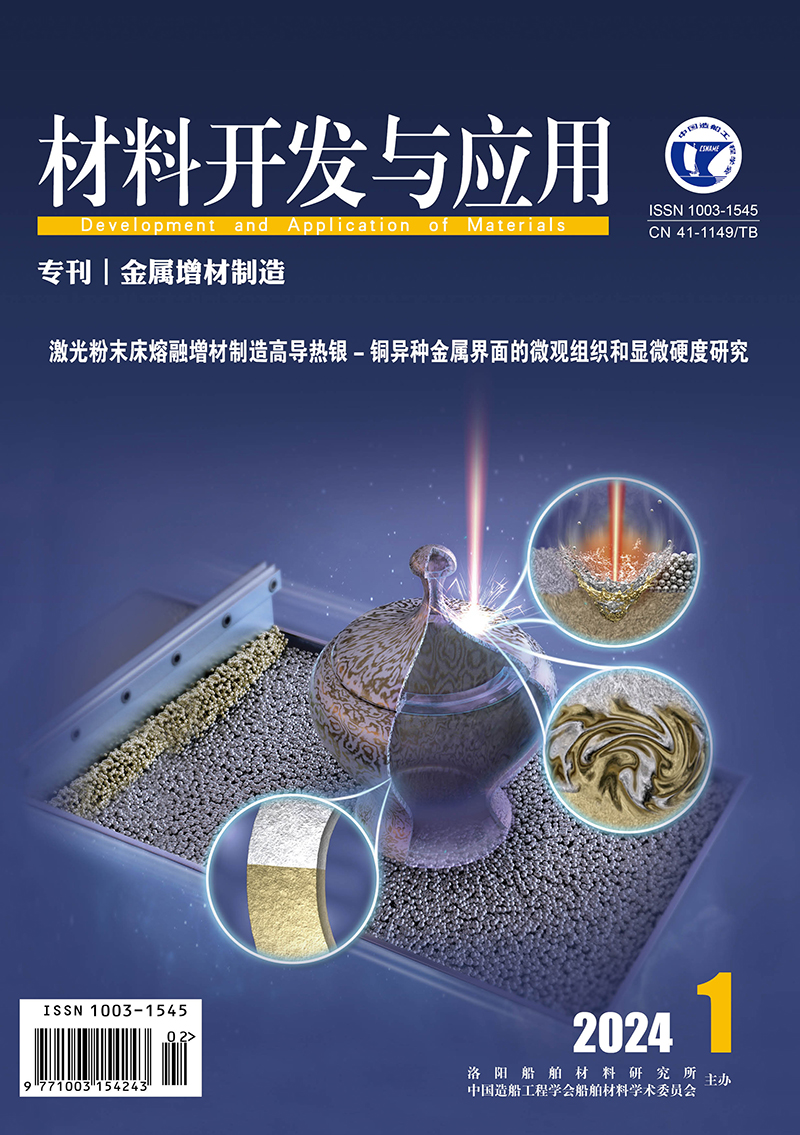2021 Vol. 36, No. 6
Display Method:
2021, 36(6): 1-6,35.
Abstract:
2021, 36(6): 7-11.
Abstract:
2021, 36(6): 12-20.
Abstract:
2021, 36(6): 21-25.
Abstract:
2021, 36(6): 26-30,35.
Abstract:
2021, 36(6): 31-35.
Abstract:
2021, 36(6): 36-43.
Abstract:
2021, 36(6): 44-48.
Abstract:
2021, 36(6): 49-55.
Abstract:
2021, 36(6): 56-59,76.
Abstract:
2021, 36(6): 60-66.
Abstract:
2021, 36(6): 67-70.
Abstract:
2021, 36(6): 71-76.
Abstract:
2021, 36(6): 77-82.
Abstract:
2021, 36(6): 83-90,102.
Abstract:
2021, 36(6): 91-96.
Abstract:
2021, 36(6): 97-102.
Abstract:


